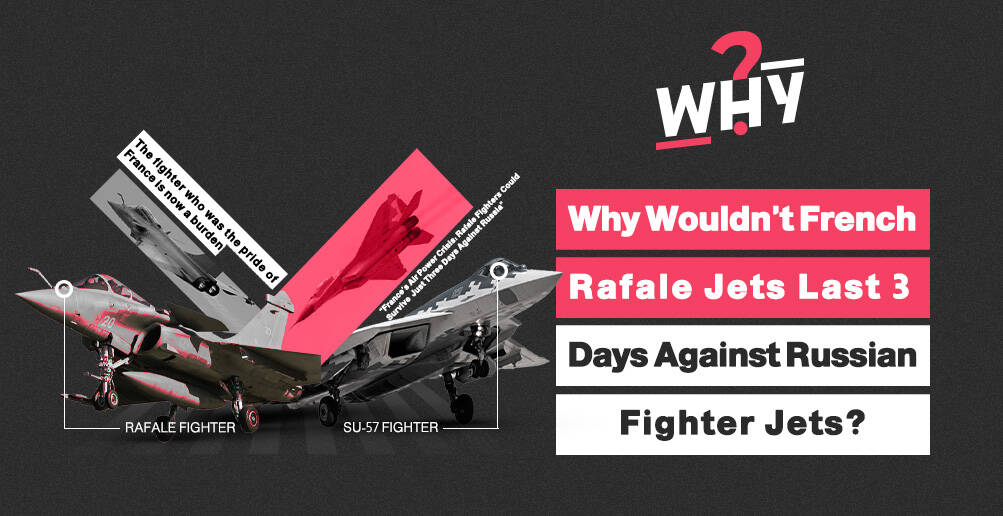'Love in the Bin'; Do Auctions Strip Artistic Paintings From Celebrating Beauty and Transmitting Values?

The famous auction house Sotheby’s announced last week the sale of the 'Love in the Bin'. The painting belongs to the British street artist Banksy. It came out of its fame when it was self-shredded through a paper shredder hidden inside the frame, at a time when the hammer fell to announce the sale of the painting for 1.37 million dollars in 2018. Consequently, it has become Banksy’s most famous works.
Sotheby's said this was "certainly" the first time a work of art had torn itself apart after it was auctioned.
Last week, the artistic work was sold at auction for a record amount. Sotheby’s in London offered it on sale, with a presale estimate of £4m to £6m (€4.7m to €7.1m).
Euronews website reported: “The sale price last week was three times the high estimate at around £18.5 million (€21.8 million), a record for the artist. The artwork consists of a half-shredded canvas in an ornate frame bearing a spray-painted image of a girl reaching for a heart-shaped red balloon.”
Once an obscure graffiti artist from Bristol, England, Banksy's work became very valuable. Then, Banksy became famous for his sarcastic works and for expressing his opinions on political themes through his outdoor paintings, but was Banksy trying to convey a message through shredding its beloved painting?
Was the Unknown artist—whose real identity was never disclosed—trying to shed light on the controversial relation between Art as a way to celebrate the beauty and Transmitting Values from one hand and a mean to gain fame and money from another hand?
Values behind the Artistic Work
Fatima Azzahrae Chaabani, a visual artist who holds a master’s degree in Visual Islamic and Traditional Arts from the Prince’s Foundation School of Traditional Arts in London.
Fatima Azzahrae believes that “Learning how to paint has enabled me to deepen my connect with Divine beauty and has liberated me from the imprisonment of the soul in social conformity and consumerist objectives.”
Fatima Azzahrae told Al-Estiklal that “The issue of selling paintings in public auctions becomes problematic when the logic of buying and selling prevail and becomes more important than the aesthetic, artistic and value dimension of the paintings.”
She continued: “The paintings are often promoted in public auctions through marketing techniques. Thus, the value of the work is not determined by the beauty of the painting and the depth of the meanings it carries. Rather, commercial competition becomes the predominant determinant of the value of the artwork.”
The artist added: “I am particularly enamoured of the Islamic visual arts namely calligraphy, geometry and arabesque, as they celebrate the unity of God, the originality of Quran, and the description of paradise. My quest for beauty has led me to travel intensively in order to capture the breathtaking grace of flowers and immortalize them on silk afterwards.”
Consistent Body of Artwork
According to the famous artist Harriete Estel Berman: “Auctions are extremely difficult forums to present a consistent body of artwork in the cohesive manner of an exhibition.”
She added on her website: “Auctions compete with galleries. Auctions circumvent the role that galleries serve within the arts community. Galleries invest in exhibition space, inventory, and staff resources for an extended period of time to show and promote an artist’s work.
She continued: “In addition, galleries offer advice, expertise and perspective to patrons of the gallery. These services for collectors and for artists are impacted by auctions that “piggyback” on the goodwill and marketing developed by galleries and siphon off sales opportunities, diminishing the economic viability of galleries.
Auctions Fever
There are many psychological concepts related to Auctions, such as “auction fever” and “social facilitation,” the former being the general outcome of the latter, which is a tendency to act differently when in the view of others and compete more or copy the actions of others.
The “endowment effect” refers to the psychological trait explored in behavioral science for what drives us in our pursuit or protection of possessions. Simply put, the ‘endowment effect’ refers to a bias that occurs when we overvalue something that we own. This relates to property auctions when we overvalue the very state of ownership and "winning" at an auction to our own financial detriment: bidding beyond our reserve.
Shady Practices
The art gallery and advisory located in Europe & USA (Art Acacia) pointed out on its website that “There are some shady practices happening during the auction process. The controversial practices that impact the sales and the prices of the auction are many, such as the Chandelier bidding and the third party guarantee.”
The gallery spokesperson explained: “First, Chandelier bidding (or phantom bidding) happens when auctioneers pretend that they saw somebody in the back place a bid, even though nobody bided on the artwork. There are several reasons why auctioneers use chandelier bids. First, they are a great way to start an auction, as many people are reluctant to be the first ones to place a bid. If the bidding was to start from the reserve price, then the buyers would know the exact amount that the seller is willing to settle for, which would discourage them from bidding higher.”
She elucidated that the “second practice is the third-party guarantee (also known as the irrevocable bid) is a bid placed on the artwork before the actual auction. If other bidders offer a price that’s lower than the third-party guarantee, the piece will go to the guarantor (the individual or the company that placed a guarantee). But if the artwork reaches a price higher than the guarantee, the guarantor will get a part of the upside (the difference between the hammer price and the irrevocable bid).”














